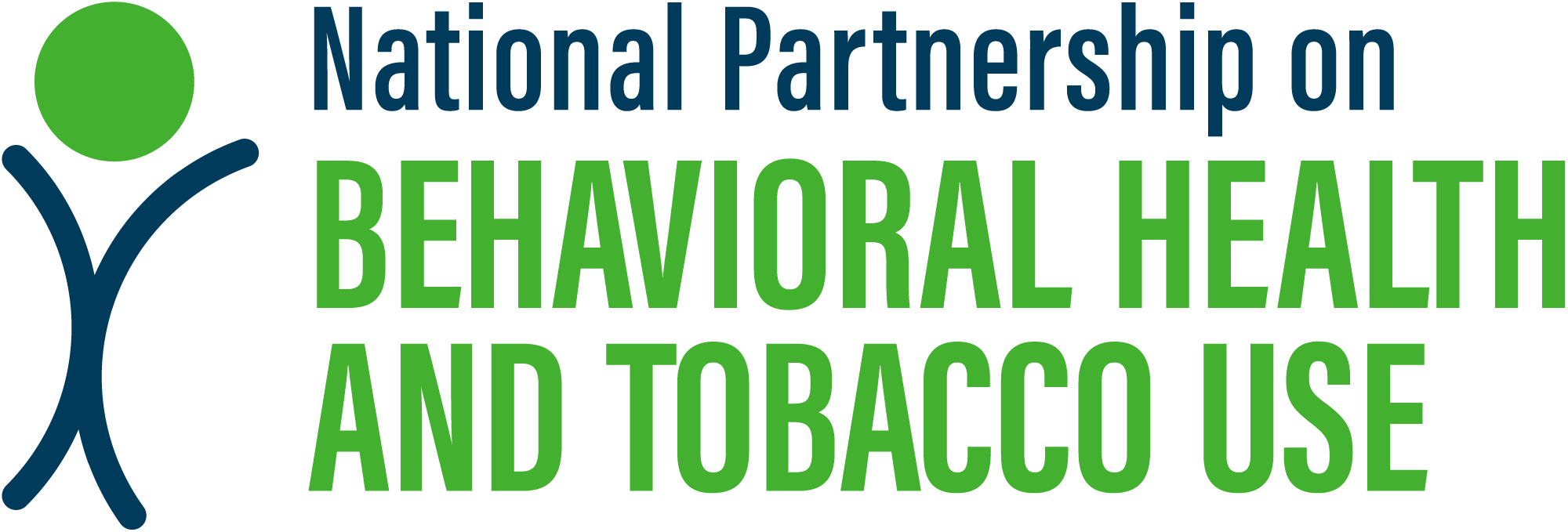
Adults with mental health and/or substance use disorders represent about 25% of the population, but account for about ~40% of all cigarettes smoked in the US. Despite great strides in reducing tobacco use and its devastating health consequences, certain groups of people have not benefitted from this progress. Chief among them are those with mental illness and/or substance use disorders, collectively known as behavioral health conditions. In October 2016, the American Cancer Society (ACS) and the Smoking Cessation Leadership Center (SCLC) at the University of California, San Francisco convened leaders from the tobacco control/public health and behavioral health sectors to develop a plan to expand and accelerate efforts to combat disparities in smoking prevalence and tobacco treatment for those with mental health and substance use disorders.
The summit produced a national action plan setting forth practical strategies in the areas of networking, education and clinical guidance to strengthen tobacco use prevention, increase cessation, and ultimately reduce smoking prevalence in the behavioral health population. The participating organizations and agencies also set a target to reduce smoking prevalence among adults with behavioral health conditions to 30% by 2020. This target was met more quickly than anticipated, in 2018. When the group convened its second leadership summit in November 2018 to assess progress and redefine strategies, a new and even more ambitious target was established to reduce smoking prevalence among those with behavioral health conditions to 20% by 2022 (#20by22). In 2021, NSDUH showed that 26.8% of adults with any behavioral health condition smoked. Due to DSM-V definitions being used beginning in 2020 as week as multi-mode data collection being used in 2021, the data is not directly comparable to previous years – however the National Partnership still recognizes this as continued progress and a positive step toward eliminating disparities in tobacco dependence in the U.S.
Check out our campaign webpage at bh4tobaccofree.org for more information on the strategies and progress of the Partnership.
